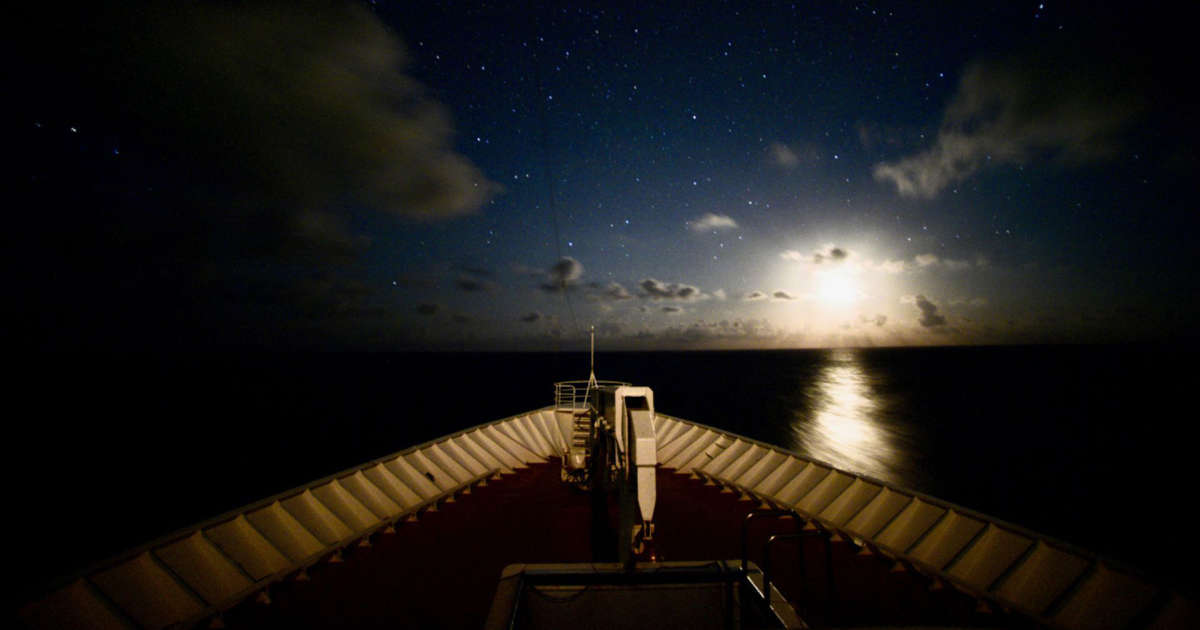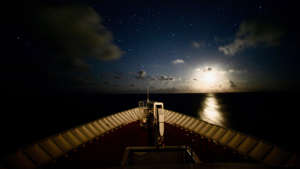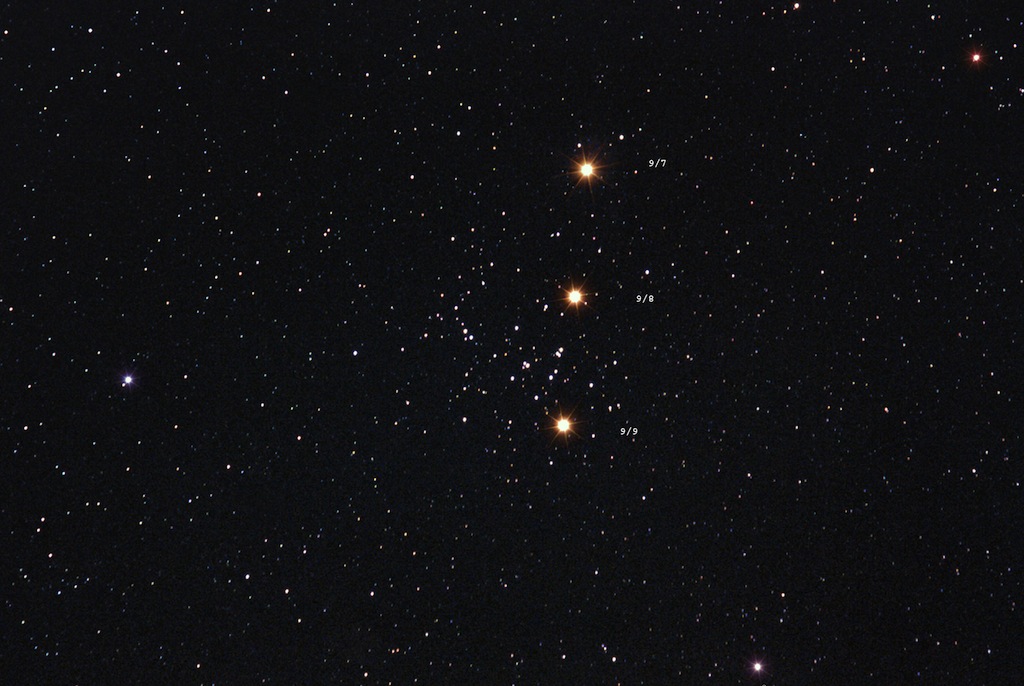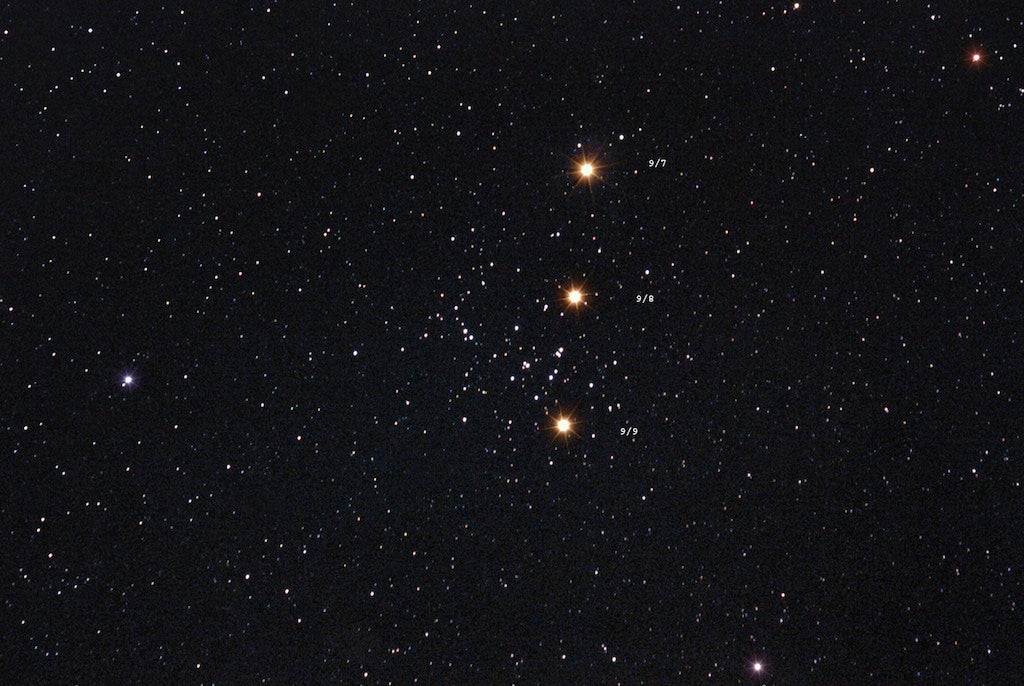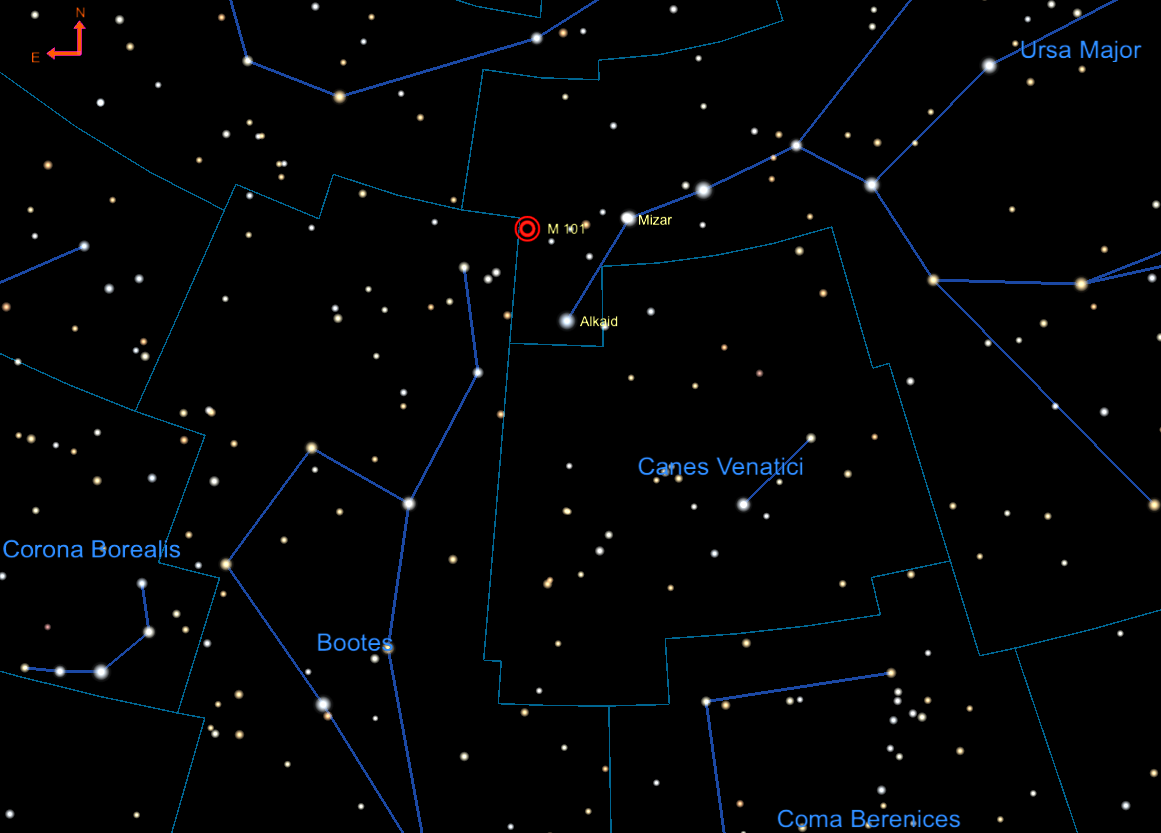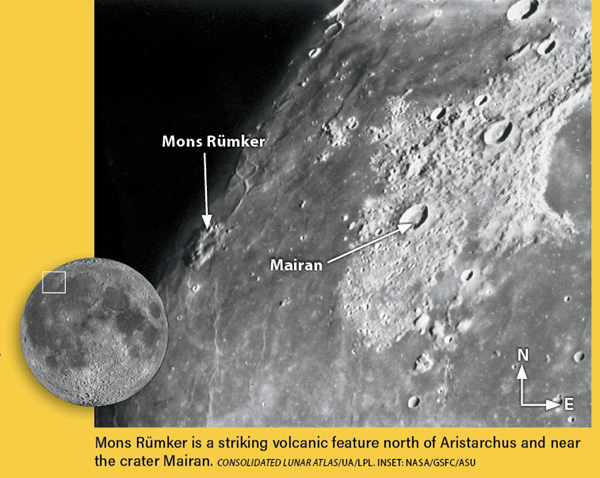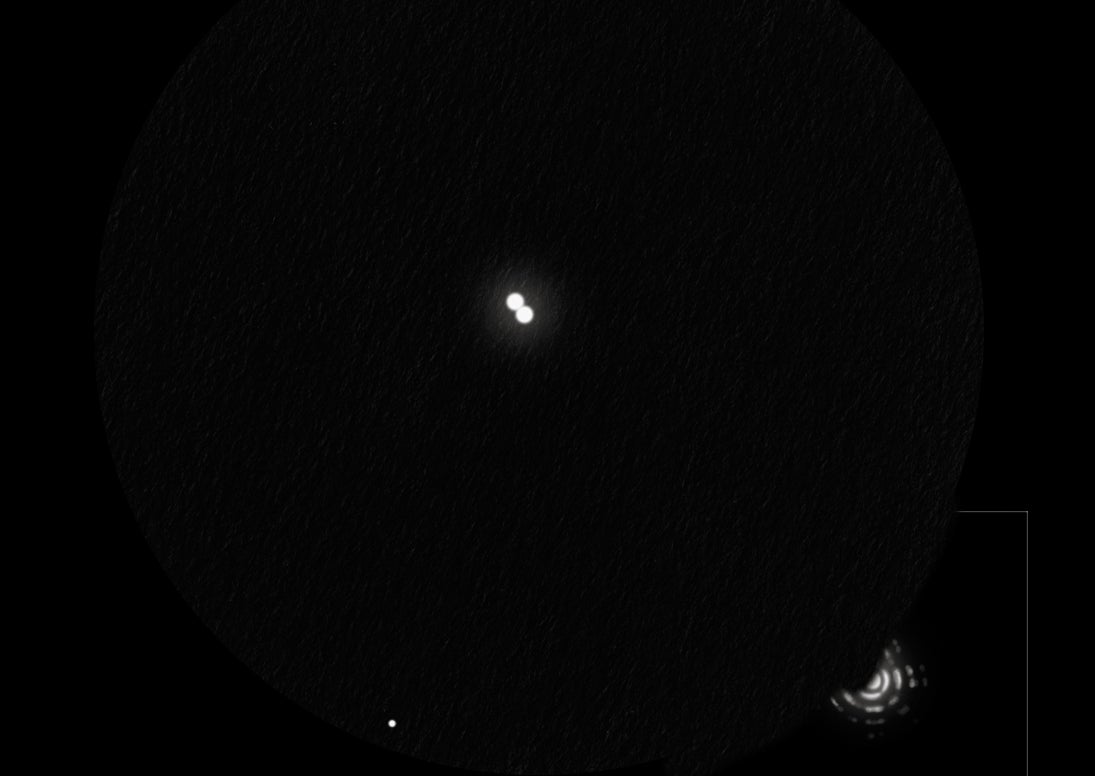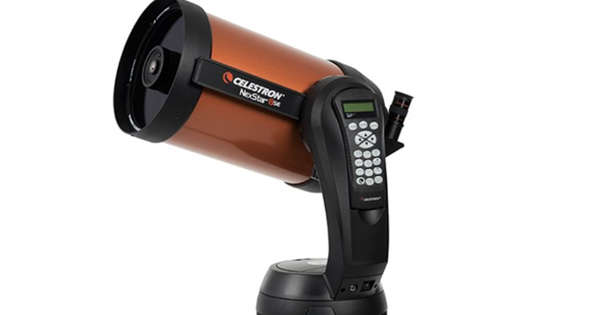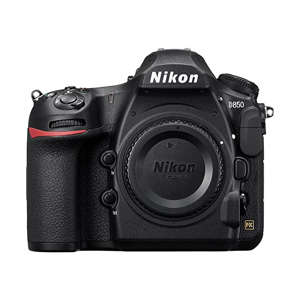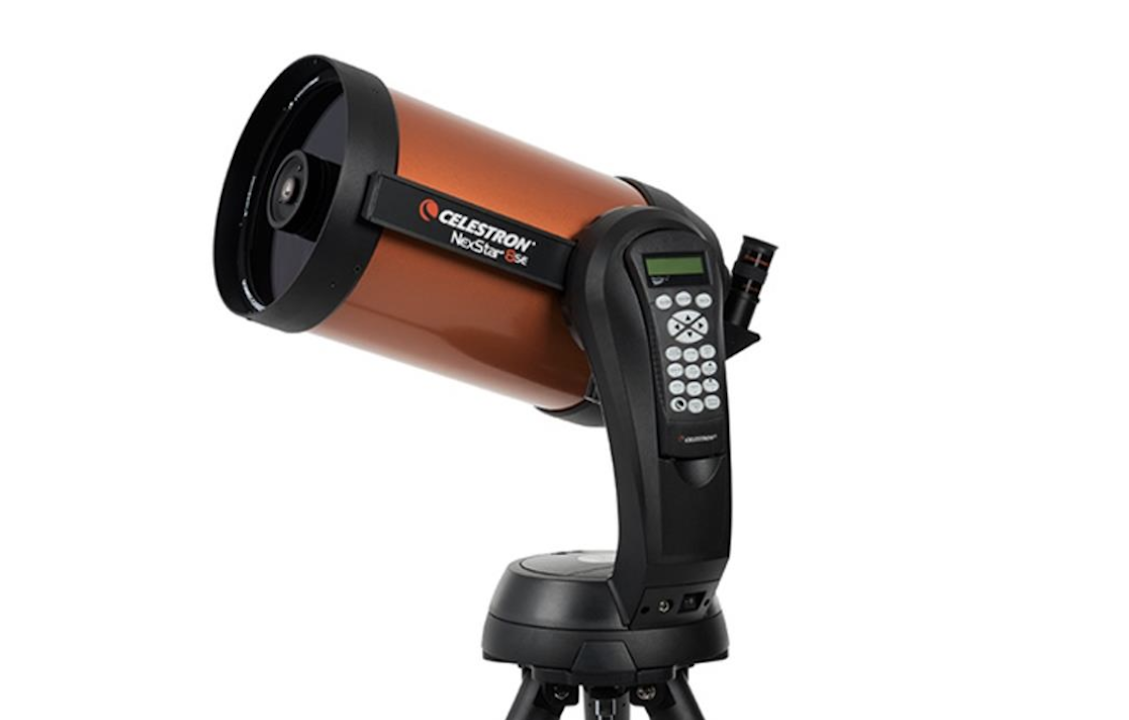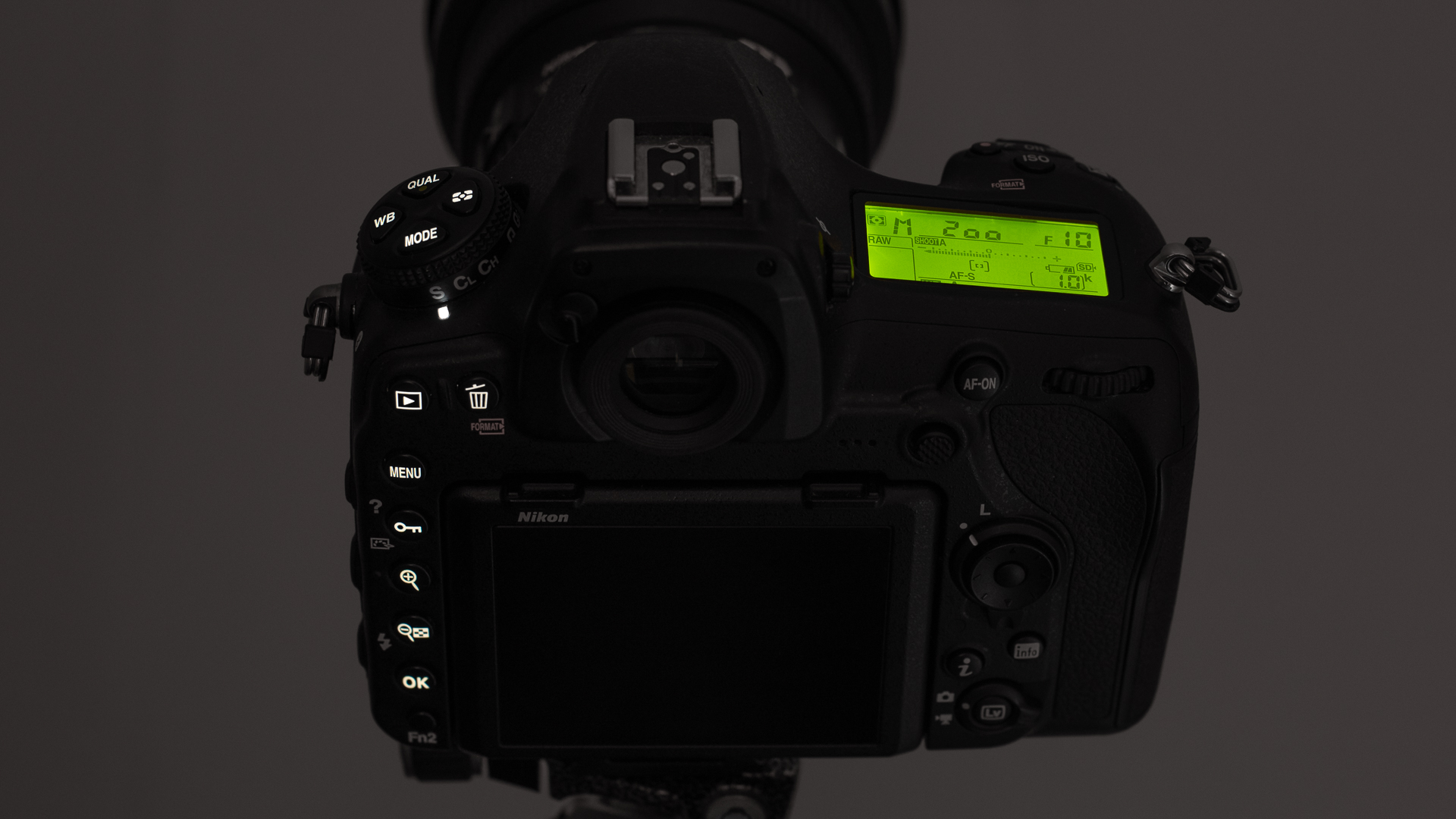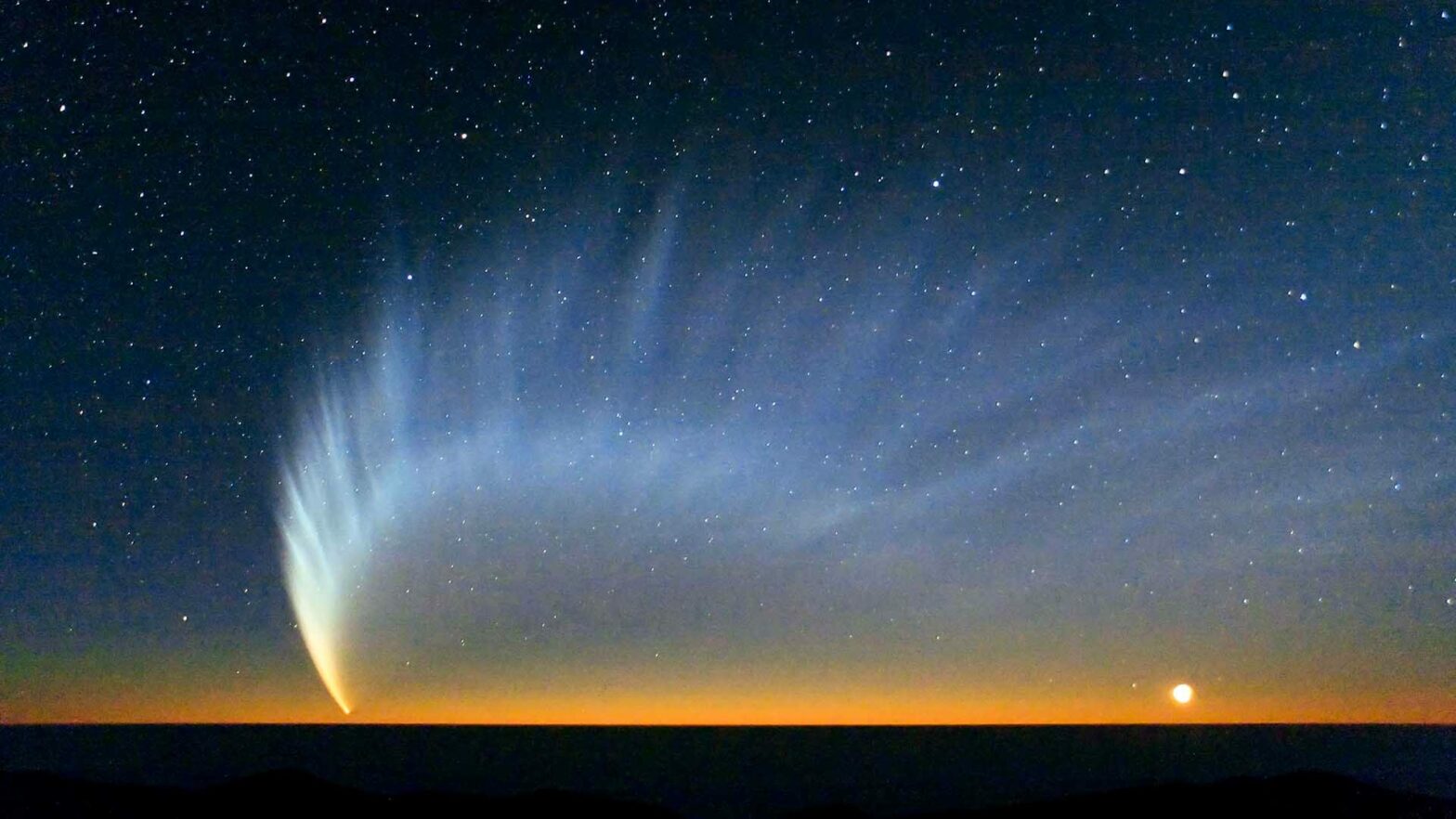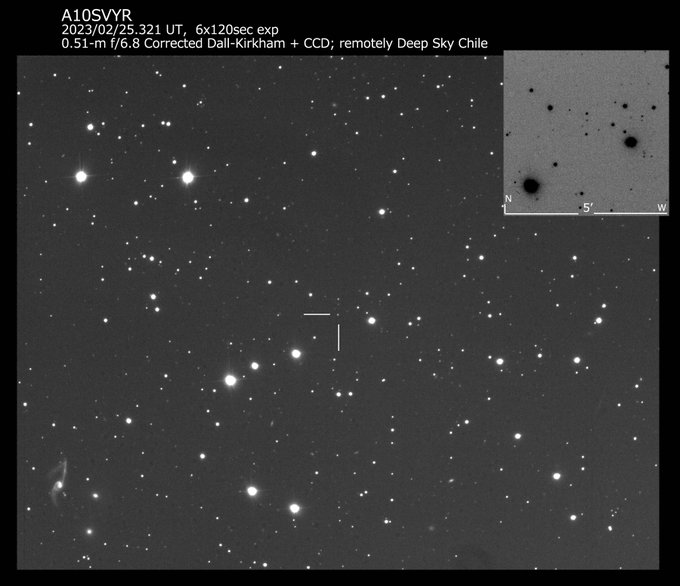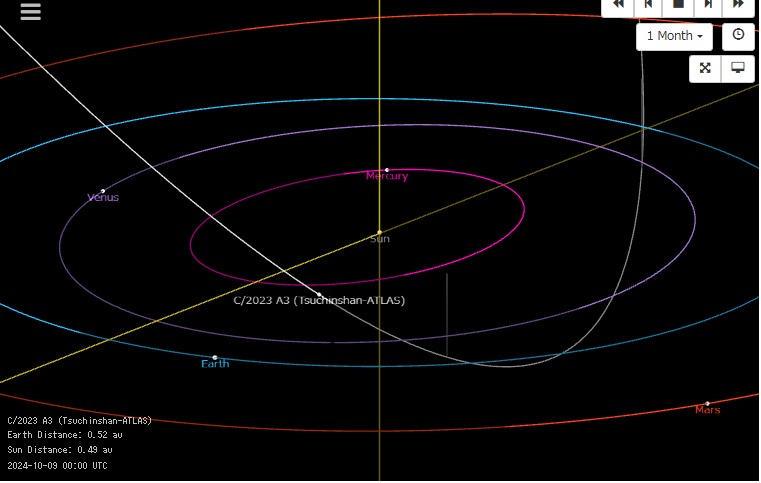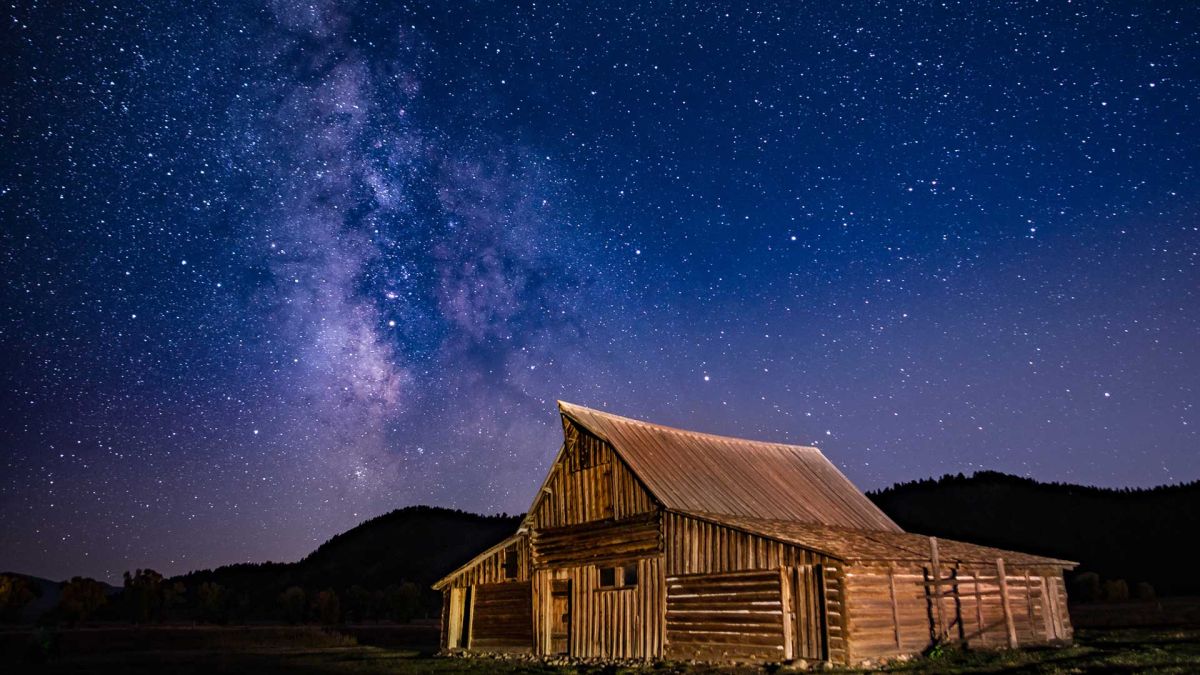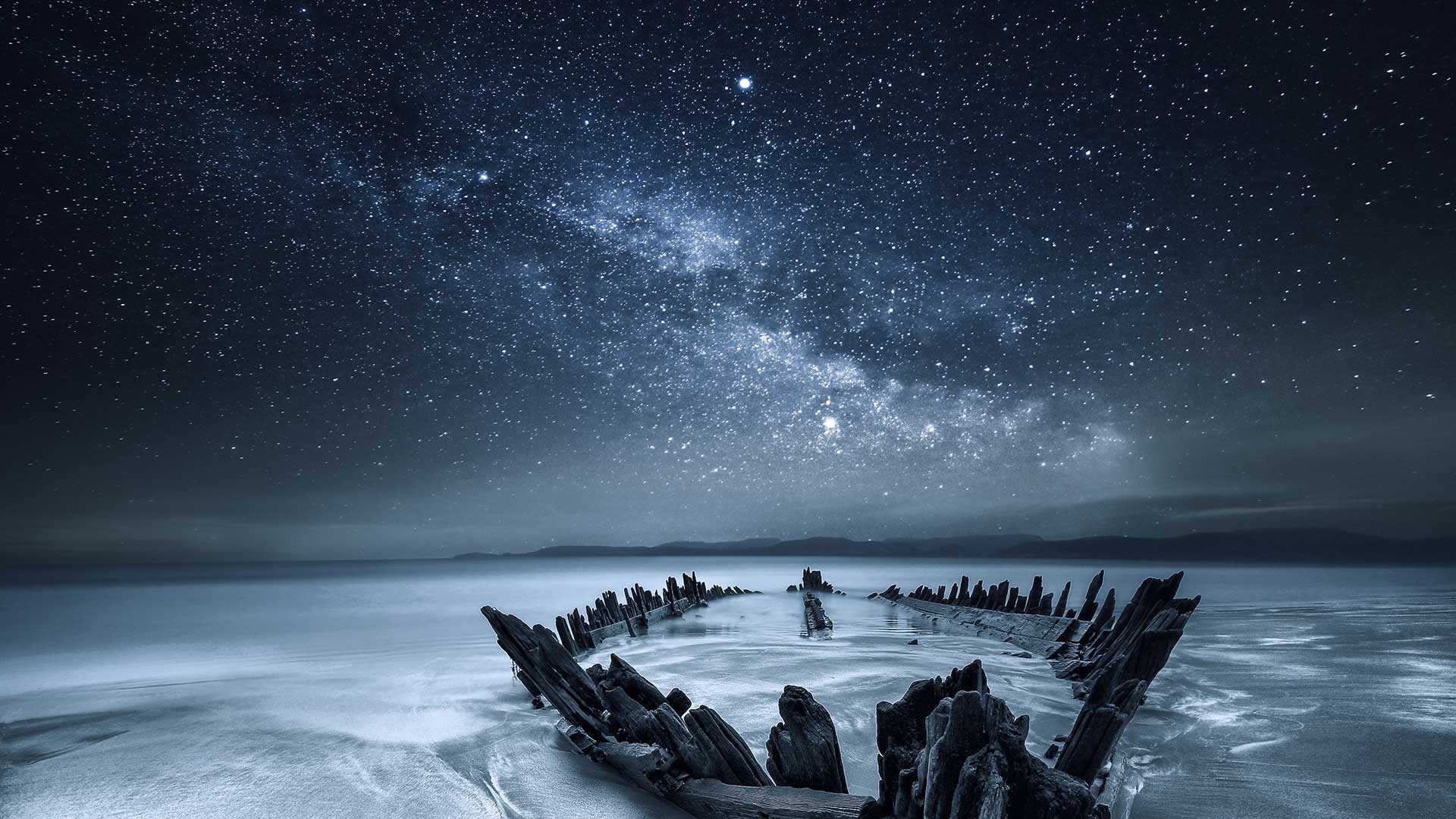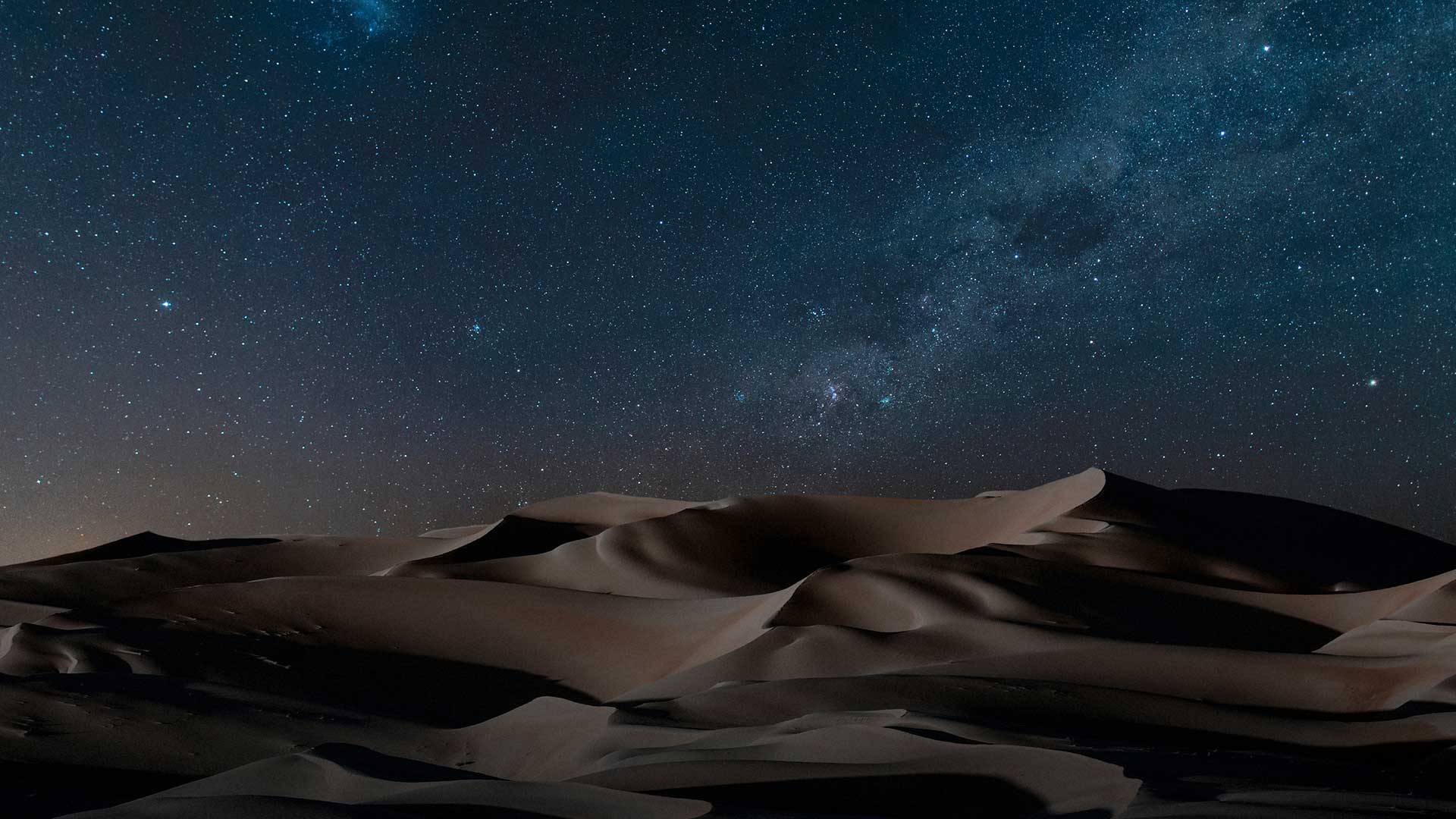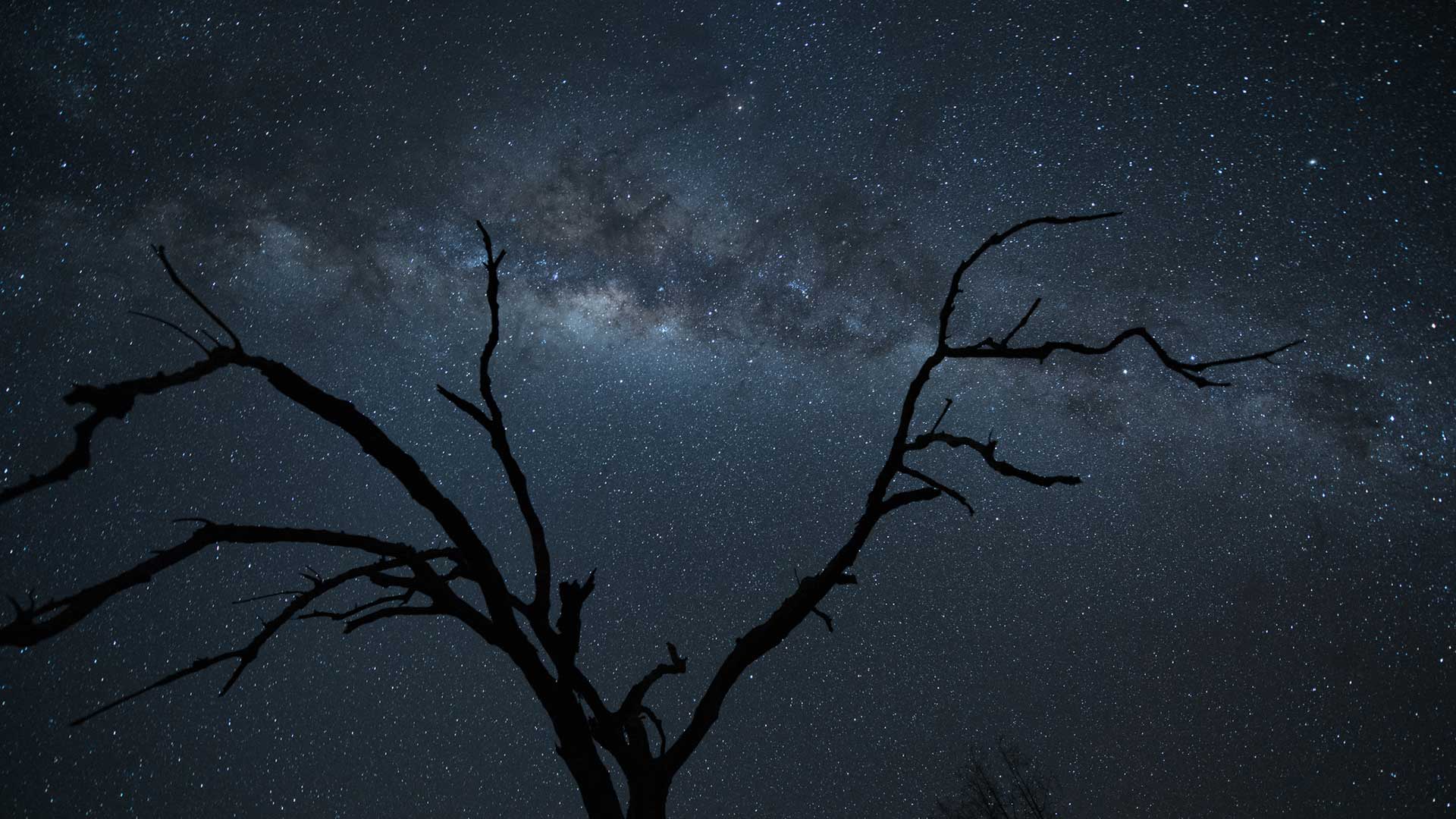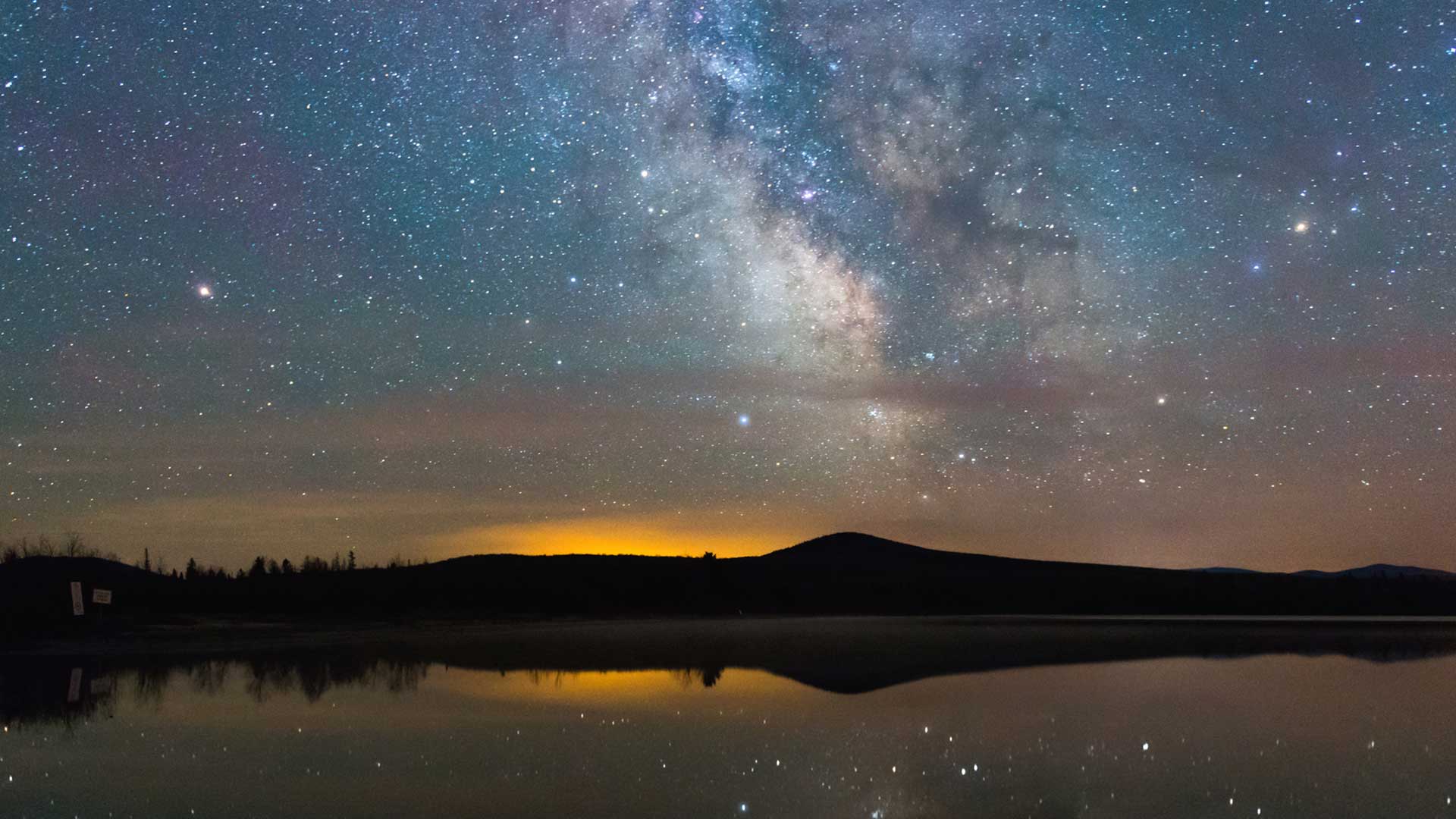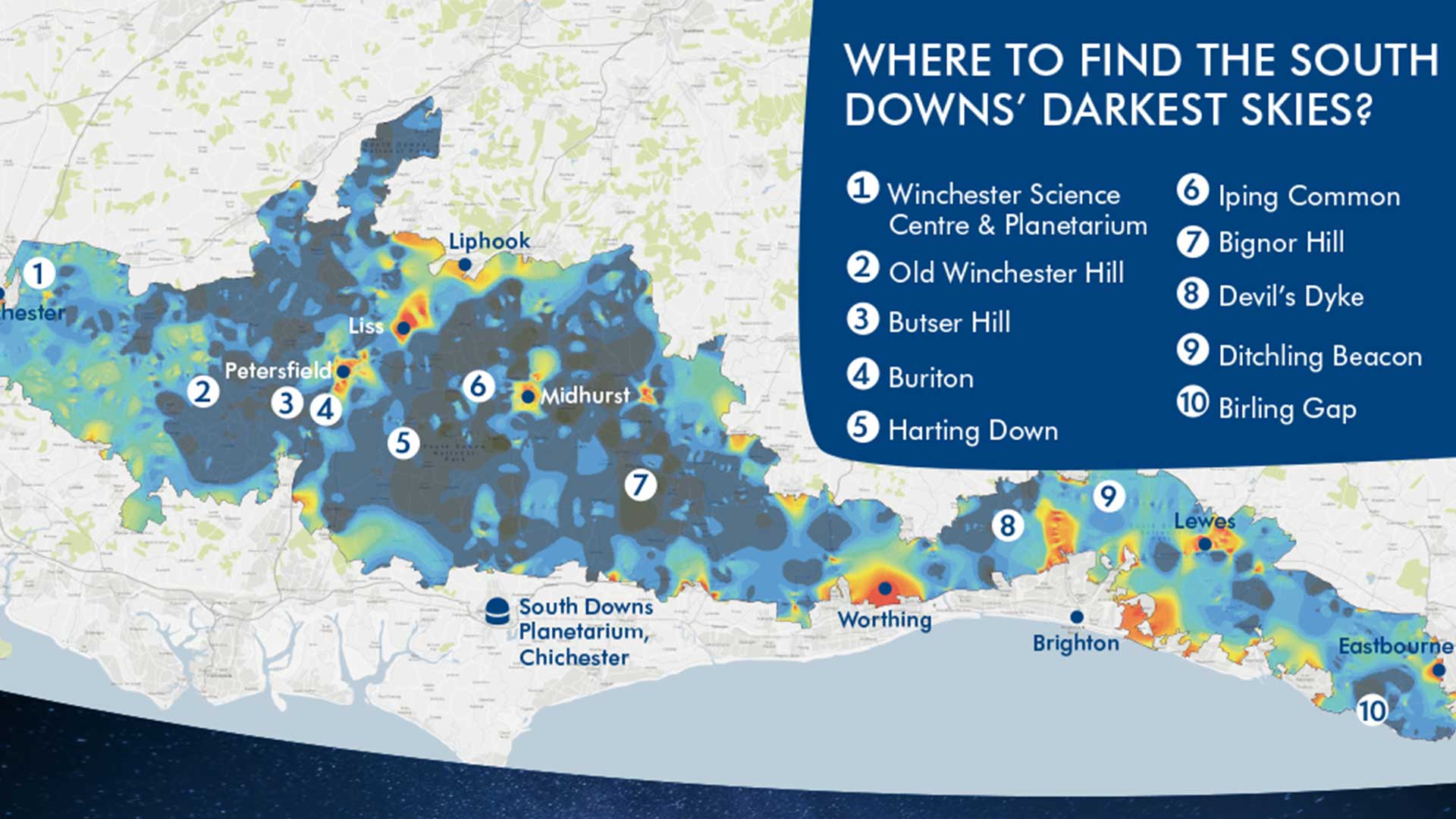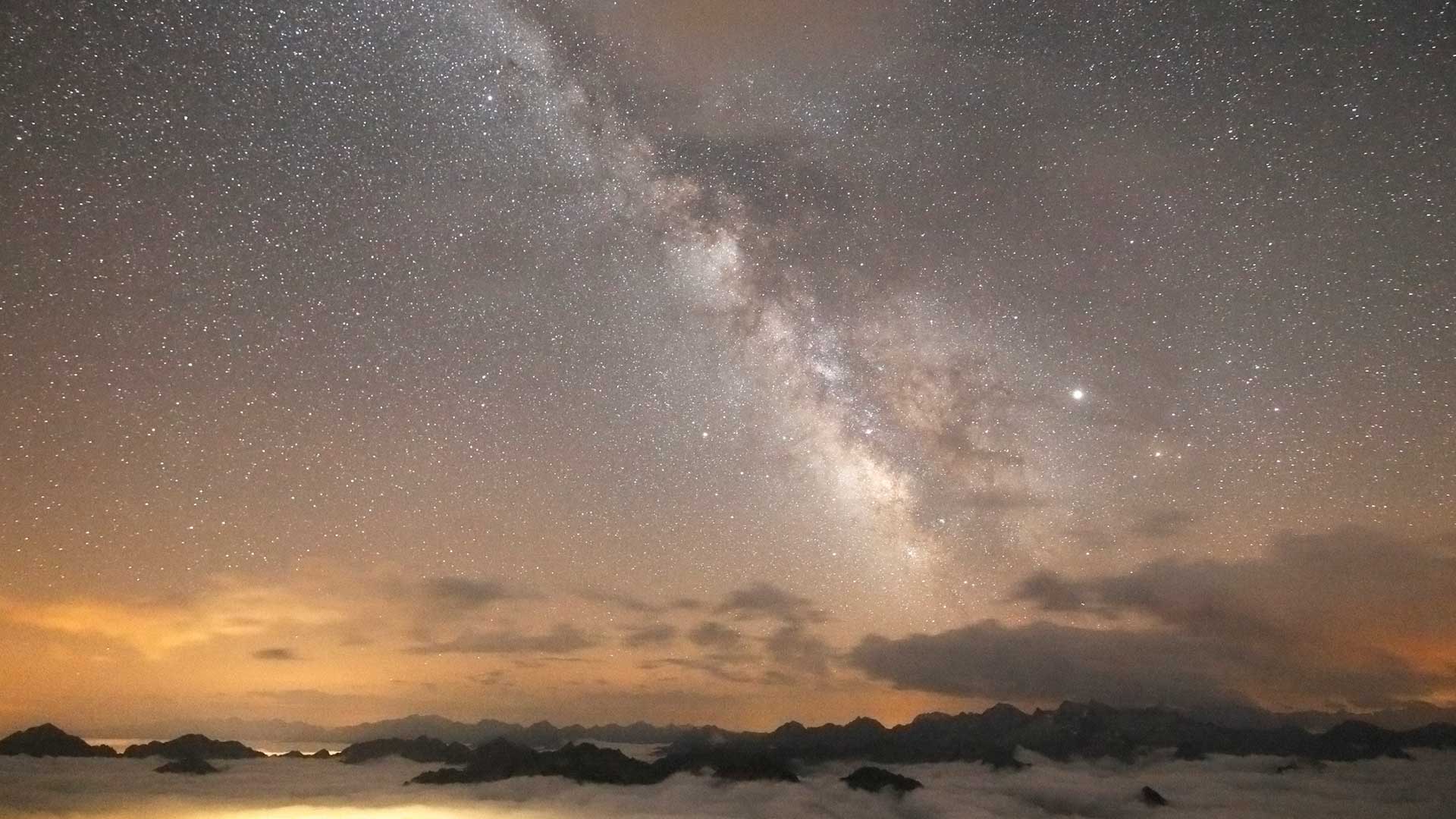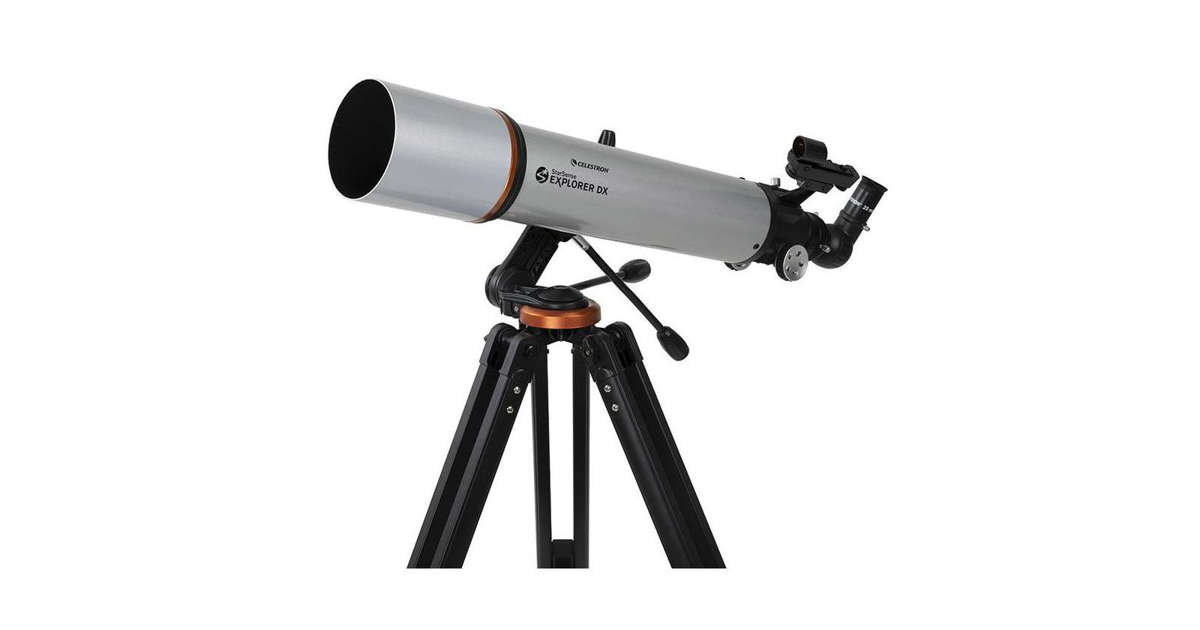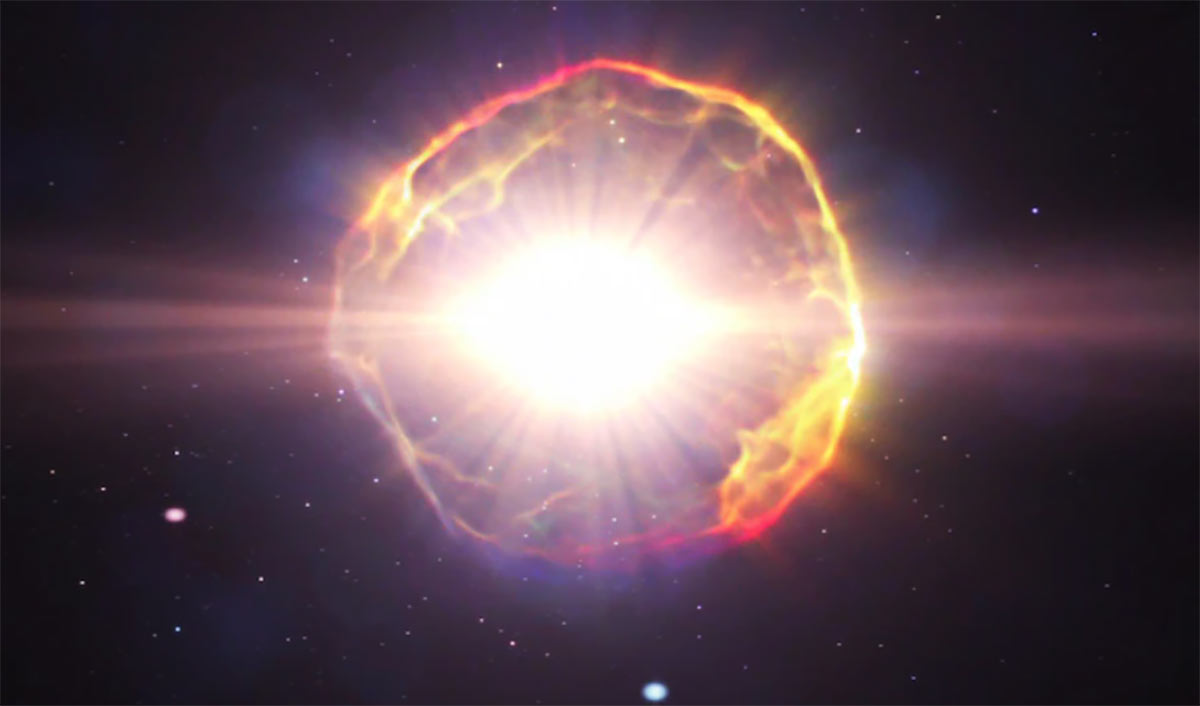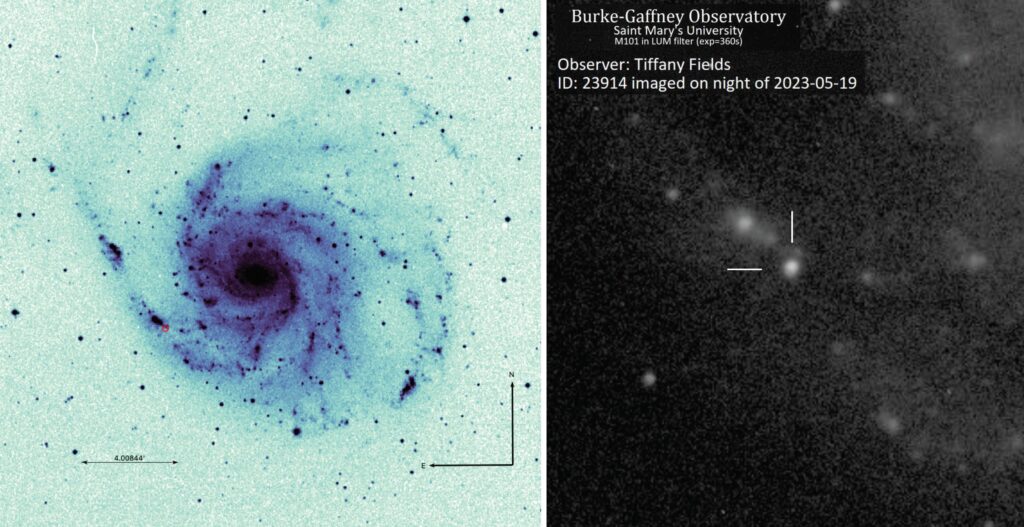[ad_1]
© Greg Redfern
null
Cruise ships aren’t usually associated with astrophotography – unless there’s a remote total solar eclipse happening – but can present anyone with a camera or even just a smartphone with unique nocturnal opportunities.
Light pollution on land is now so bad that few can see – or will ever see – the arc of our own galaxy. While on a cruise ship, you’re in a privileged position, but you do need to plan your equipment in advance. For best results, use a tripod. Even a small tabletop tripod is helpful, or one that grips onto a deck railing. “I carry a collapsible carbon fiber tripod in my camera bag, but if you’re using a smartphone you can brace yourself against the ship, effectively using it as a tripod,” says Greg Redfern, author of Cruise Ship Astronomy and Astrophotography and a NASA JPL Solar System Ambassador. “Just always keep a hand on your camera – you’re on a moving ship and you don’t know what’s going to happen.”
From capturing sunsets and moonrises to Earth’s shadow and aurora, here’s everything you need to know about astrophotography from cruise ships.
1: You’ll need to find a dark corner
They may be traveling through some of the least light-polluted areas of the planet, but cruise ships can very often be ablaze with light. If you’re very lucky, during a cruise the captain will switch off the lights on the back of the ship and the ship astronomer will do some guided stargazing. Otherwise, it’s up to you to find some shadow zones and dark spots. “Every ship has them – try the guardrail, the ship’s deck rail at the stern,” says Redfern. “With your back to the ship, you’re staring out into the open ocean, and unless the ship’s got some bright side lights on the entertainment deck you are going to have dark skies there.” Explore the ship during the day and at night you can go out and find a dark spot.
2: Hunt for the Milky Way
Each year between March and October the Milky Way’s bright core becomes visible, though where you are on the planet decides what you’ll see. “What you have to figure out is where is the Milky Way going to be in relationship to the ship – port-side, starboard side, bow or stern,” says Redfern. A stargazing app is handy for that, though a compass is also useful – it will be in the east in March, the south in June and the west in September. “Find a shadow zone and use a tripod – I’ve shot it with 14mm, 35mm and 50mm, and using the Nocturne app,” says Redfern. “The Milky Way from a cruise ship can be absolutely spectacular.”
3: Nocturne app works well for smartphones
Although smartphones can be used in a similar way to DSLR and mirrorless cameras – after all, most now have ‘night modes’ that expose for 10 seconds or so – something to consider for cruise ships is Unistellar’s Nocturne app for the iPhone. “Point your smartphone straight up. Hit a button and it assesses the sky, then gives you an estimated exposure time – which could be minutes,” says Redfern. “It then focuses and fires-off multiple exposures, stacking them and using AI to compensate for any potential light pollution – it’s amazing.” Nocturne essentially makes a smartphone into an astrophotography camera.
4: Make the most of the hemisphere you’re in
If you live in the northern hemisphere and you’re getting our first-ever view of the southern hemisphere’s night sky from, say, a Pacific cruise, then don’t waste it. The Southern Cross, Alpha Centauri, the bright core of the Milky Way and the spell-binding Large Magellanic Cloud (LMC) and Small Magellanic Cloud (SMC) are yours to capture – and it could be your only chance.
5: It’s a great time to book an aurora-themed cruise
Many photographers specifically got on cruises to photograph the aurora. Now is a great time because ‘solar maximum’ – when our sun and, therefore, the solar wind, is at its most intense – is predicted to occur in the mid-2020s. That means aurora is visible from lower latitudes more often, though the aurora zone around 65º to 70º North is still where they most often occur. Any cruise that heads up to the Arctic Circle is in prime position.
Northern Lights photography: tips and techniques
6: You’ll get a perfect view of Earth’s shadow
Look east just after sunset – as the ‘golden hour’ begins – and you’ll see a pinkish strip close to the horizon. This is civil twilight and it’s an incredible time to be on a cruise ship. That pink band is called the ‘belt of Venus’ and it reaches about 10° to 20° above the horizon, so it’s best seen at sea. “It’s the last rays of the day passing through the Earth’s atmosphere to illuminate on top of the Earth’s shadow,” says Redfern. As the sun drops further beneath the horizon a bluish band appears and begins to engulf the pink. That’s Earth’s shadow. You can capture all this very easily from a cruise ship just with a smartphone. “This is the event that heralds the beginning of a new night – and to photograph it all you have to do is turn 180º from where the sun has just set,” says Redfern.
7: Be patient with sunsets
It’s the classic holiday shot that everyone wants to photograph by pointing their smartphone at the sun. Everyone, except photographers, of course. “You don’t have to have the sun in the picture – some of the best stuff I have gotten has been when the sun is below the horizon illuminating cloud,” says Redfern. “You get the crepuscular shadow and you get the light from the dusk playing in the tapestry of the sea.” However, the moment the last tiny bit of sun sinks into the ocean have a look for the ‘green flash’, an optical phenomenon that’s best seen at sea.
8: Go around the New Moon for ‘Earthshine’
If you’re at sea around the New Moon then your timing is good to capture a crescent moon displaying ‘Earthshine’. A crescent moon is visible close to the eastern horizon before sunrise in the few days before the New Moon and close to the western horizon just after sunset for a few days after the New Moon. When it’s very slight the dark side of the moon – its shadowed portion – is visible. That’s because sunlight is being reflected off Earth’s clouds and ocean and back onto the moon. A cruise ship is an ideal place to capture it. If you’re lucky there will be planets close by, too. Either way, with the crescent moon close to the horizon look out for moon-shine (and/or planet-shine) on the ocean streaming towards you.
9: Cruise ships are perfect for seeing Mercury
The ‘Swift Planet’ is not an easy world to see. From our position on the third planet from the sun, this innermost planet in the solar system is mostly lost in the sun’s glare. However, when the angles are good it can be seen for a short time before sunrise or after sunset. Look for the dates of these ‘greatest elongations’ because, if you’re at sea, you’re in the enviable position of being able to see right down to the horizon. There’s no better place on Earth to see Mercury than from a cruise ship.
10: Don’t forget daytime optical phenomena
A cruise ship is also a good place to photograph optical phenomena such as solar halos and rainbows – the result of light interacting with ice crystals suspended in the atmosphere, but difficult to see. “Use a piece of the ship to block out the sun,” says Redfern, who advises using the ‘big white balls’ you’ll always find on the top of the ship (they’re actually called Ra-domes, a portmanteau of the ‘radar’ and ‘dome’). “I’ve also photographed rainbows, double rainbows and even ‘bow’-bows – when the ship is making spray and the sun is directly overhead.”
[ad_2]
